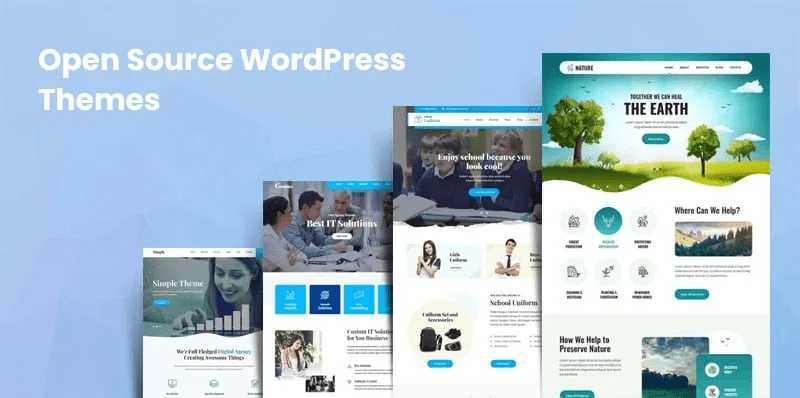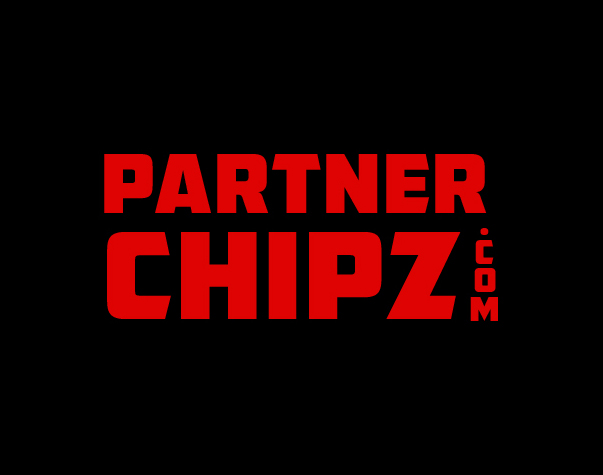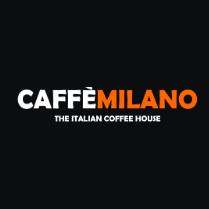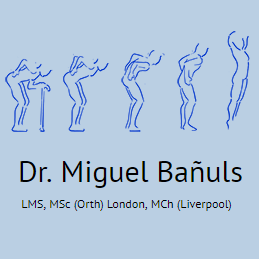Open-source WordPress theme development offers an innovative gateway for designers and developers to create stunning websites tailored to their unique needs. With the rise of powerful WordPress theme frameworks and tools, it has become easier than ever to craft the best WordPress themes for 2025. These frameworks not only streamline the development process but also empower users with customization options galore, ensuring your theme stands out in a crowded marketplace. By leveraging various open-source WordPress tools and theme development plugins, you can unlock the full potential of block themes WordPress, transforming how sites are built and maintained. Whether you’re a novice or a seasoned developer, embracing open-source WordPress theme development opens up a whole new world of creative possibilities to enhance your projects.
Venturing into the realm of customizable WordPress themes has never been more exciting, especially with the emergence of open-source solutions driving innovation in the field. This article delves into the world of theme crafting and layout design, highlighting the advantages of utilizing advanced frameworks and tools tailored for WordPress. As the demand grows for creative, responsive designs, developers are turning to the latest techniques and development plugins that facilitate dynamic theme creation. With the introduction of block-based themes, leveraging these sophisticated open-source tools provides users with the flexibility to create aesthetically pleasing and functional websites effortlessly. Join us as we explore the best practices and tools available for building captivating WordPress experiences.

Understanding Theme Development Paths
The world of WordPress theme development has never been more varied or advanced. In 2025, developers find themselves at a crossroads, with the choice between classic themes and the emerging block themes. Classic themes, built with the timeless trio of CSS, HTML, and PHP, continue to be a staple for many developers. On the other hand, block themes introduce an innovative way of designing websites straight in the browser without the meticulous need for coding. Although the backend technology may differ significantly, both paths are driven by the same goal: to create dynamic, robust, and aesthetically pleasing websites.
As developers navigate these choices, it’s essential to recognize the increasing demand for tools that facilitate rapid development. The landscape, while crowded, offers plenty of options for those who aim to streamline their workflow. From leveraging existing plugins to utilizing modern frameworks, the resources available ensure that developers, whether seasoned or beginners, can find their perfect match. This article aims to shed light on some of the best open-source tools and frameworks for crafting your WordPress themes in this exciting landscape.
The Rise of Create Block Theme Plugin
One of the standout tools for block theme development is the Create Block Theme plugin. This plugin enables developers to innovate beyond traditional themes, allowing for a fresh approach tailored to the evolving needs of users. With this tool, the possibilities are endless: from crafting themes anew to merely adapting existing ones, it is versatile enough to accommodate different styles through custom variations. The ready-to-export format means developers can seamlessly share their creations across various platforms, an essential feature in today’s interconnected web.
User-friendliness is at the heart of the Create Block Theme experience. Developers, regardless of their expertise level, can quickly get started and discover its rich functionalities. For those eager to delve deeper or seeking guidance, many tutorials are available to help you navigate its features. The accessibility and efficiency that this plugin introduces are redefining how themes are built, marking it as a must-have tool in any developer’s arsenal.
Exploring TypeRocket Framework Benefits
TypeRocket emerges as a premier choice for developers looking to enhance their workflow with advanced capabilities. Unlike conventional frameworks that may demand additional plugins for custom functionalities, TypeRocket is designed to integrate these features directly into its ecosystem. Developers can effortlessly create post types, taxonomies, and custom fields without the hassle of supplementary tools, making it a true time-saver.
Additionally, the professional version caters to developers seeking more robust options. With Twig templating and improved design elements, TypeRocket provides everything necessary to achieve a polished and functional site. This framework doesn’t just simplify; it empowers developers to maintain high standards of quality and aesthetics, offering a comprehensive toolkit that streamlines the development process.
Why Choose Gantry Theme Framework?
Gantry stands out as an incredibly flexible theme framework, providing compatibility not only with WordPress but also with Joomla and Grav. This multi-platform approach gives developers the unique advantage of being able to craft themes across diverse content management systems. Upon installation, users can tap into Gantry’s visual layout builder, which allows for granular control over their site’s appearance.
What truly sets Gantry apart is its powerful Twig-based templating and an intuitive YAML configuration system. While it comes loaded with a multitude of features designed with developers in mind, Gantry remains approachable for those who may be new to coding. The balance of complexity and user-friendliness makes Gantry a fantastic option for anyone looking to create an engaging, fully responsive site.
Unyson Framework’s Legacy
As a well-established player in the theme development arena, Unyson has attracted a loyal following among developers for over a decade. Its drag-and-drop page builder allows users to construct visually appealing layouts without wrestling with the code. Additionally, the inclusion of various extensions adds layers of functionality—from mega menus to custom sidebars—ensuring that every site can operate with the features it needs.
Building upon its extensive capabilities, Unyson also offers an API for creating customized theme option pages, further enhancing its appeal. This framework has proven that, despite the influx of new tools, reliable options continue to provide valuable services to developers looking to build innovative themes. Its longevity speaks volumes about its efficacy and the support offered to its community.
Accelerating Development with Redux
Redux is a game changer in the world of WordPress theme development, especially for those eager to craft unique and customizable websites without excessive coding. Built upon the WordPress Settings API, this framework allows for the creation of intricate settings panels that users can manipulate with ease. Features such as changing fonts, colors, and other design elements are integrated into the core of WordPress, giving developers and their clients ample options.
With a suite of extensions available—like Google Maps integration and advanced metaboxes—Redux emerges as a favored choice among commercial theme developers. The accessibility it provides complements a powerful set of functionalities, ensuring that themes are not only attractive but also user-friendly and customizable. For those looking to build out their capabilities quickly, Redux is an ideal option to consider.
The Curative Power of Kirki Customizer Framework
Kirki develops upon the foundations of WordPress’s native Customizer, allowing theme developers to generate robust custom settings panels. The array of custom controls it offers—including background settings, color palettes, and typography adjustments—simplifies the traditionally complex aspects of theme creation. This streamlining translates to a much smoother development process, transforming the way themes are built.
In striving for a more sophisticated WordPress experience, Kirki invites developers to think outside the box. By enabling a higher degree of customization, it empowers creators to push the limits of design flexibility within the WordPress environment. As customization continues to play a vital role in modern design, Kirki stands as a prime resource for developers eager to refine their craft.
Faster Theme Projects with Modern Frameworks
As the demand for intuitive tools grows, so too do the expectations placed upon theme frameworks. In recent years, there has been a clear shift toward minimizing custom code, primarily due to the influx of non-developer users looking to create beautiful sites with minimal complexity. This evolution indicates that frameworks are adapting, introducing more visual tools and features that streamline the design process.
Drag-and-drop capabilities are becoming essential, enhancing the ability of users to manipulate templates without touching a line of code. This paradigm signifies a pivotal change in the development landscape, with frameworks aligning themselves to cater to those who may lack extensive coding experience. It’s evident there is a rich array of possibilities waiting to be unlocked for aspiring theme developers willing to embrace these innovative tools and embrace the future of WordPress development.
FAQs on WordPress Development Frameworks
WordPress development frameworks encapsulate a powerful toolset tailored for themes, designed to assist developers by offering a structured layout and robust functionalities. These frameworks eliminate the need to start from scratch, significantly accelerating the theme-building process while enhancing reliability and performance.
Ideal for both amateur and professional developers, these frameworks create a reliable launching point for crafting customized themes. With a strong foundation at their disposal, developers can focus on creativity without getting bogged down by technical intricacies—the essence of efficiency in today’s fast-paced digital landscape.
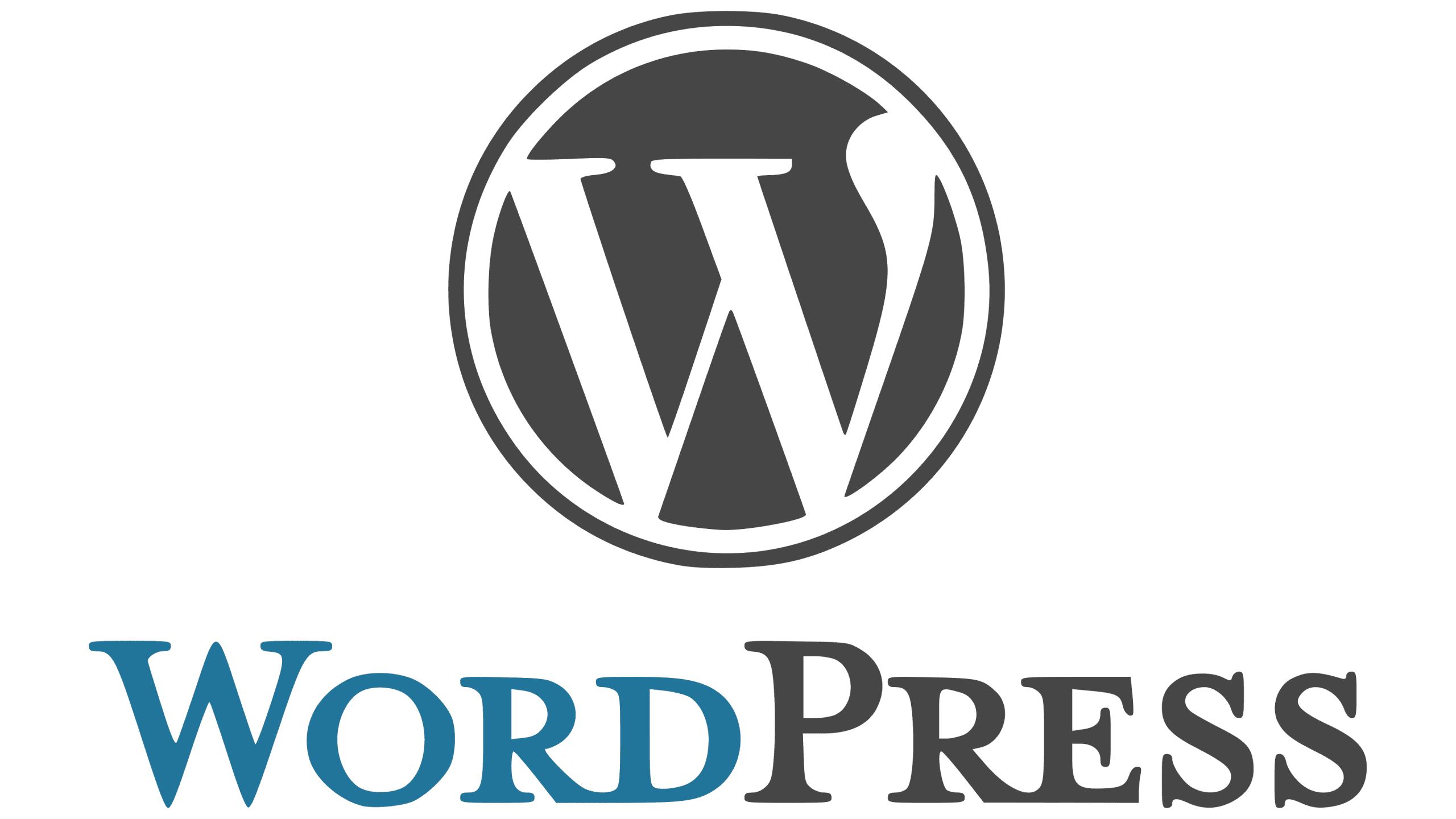
Conclusion: Embracing the Future of WordPress Theme Development
In summary, the landscape of WordPress theme development continues to shift, driven by innovation and the growing demand for user-friendly tools. As developers explore both classic and block themes, the open-source frameworks available today offer a plethora of options to streamline the process. By utilizing tools like Create Block Theme, TypeRocket, and Gantry, developers can enhance their workflow and produce customized themes that appeal to a broader audience. These frameworks not only simplify traditional coding requirements but also cater to those who prefer visual design principles.
Moreover, as the use of drag-and-drop functionality becomes increasingly popular, aspiring theme creators can harness these frameworks to bring their ideas to life without extensive coding knowledge. This democratization of theme creation opens doors for creativity and allows more individuals to contribute to the WordPress ecosystem. Whether you’re an experienced developer or just starting, the right open-source framework can significantly elevate your theme development journey, making it more efficient, enjoyable, and productive.

